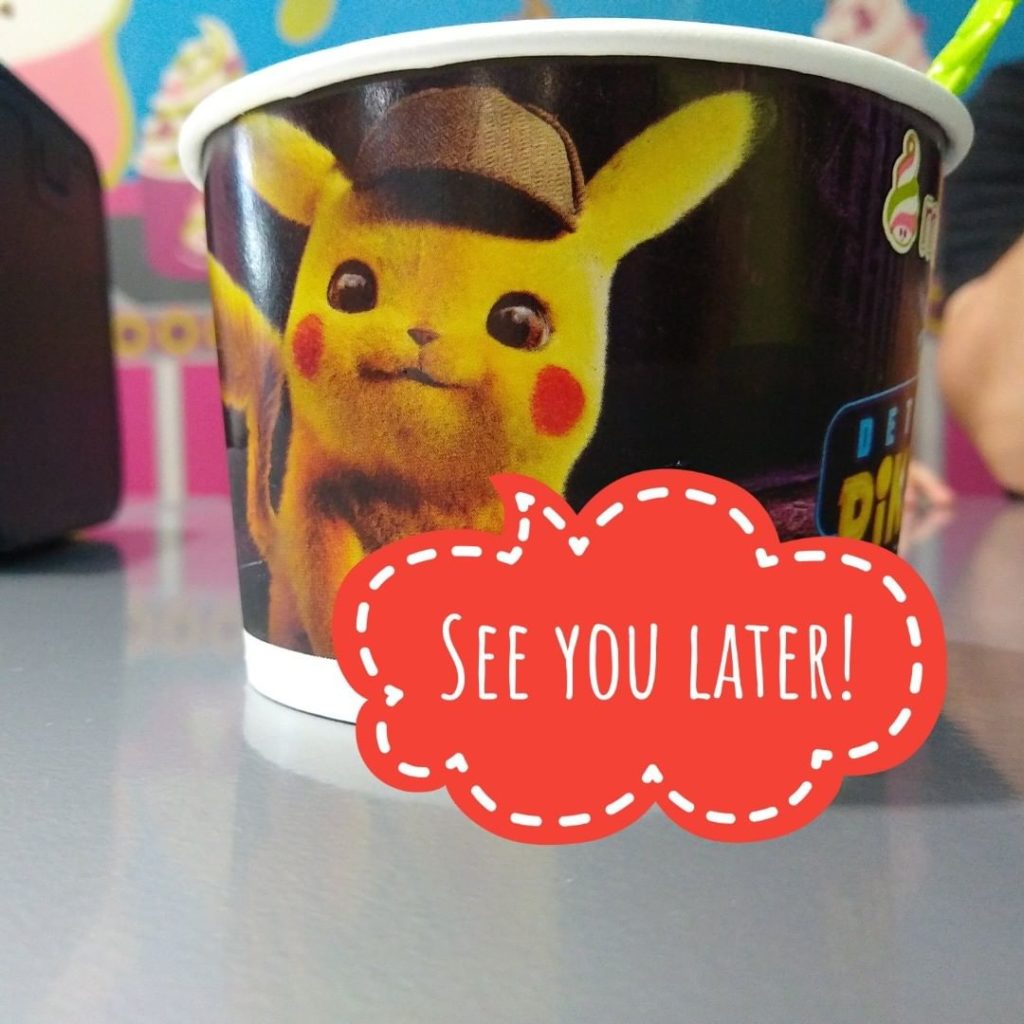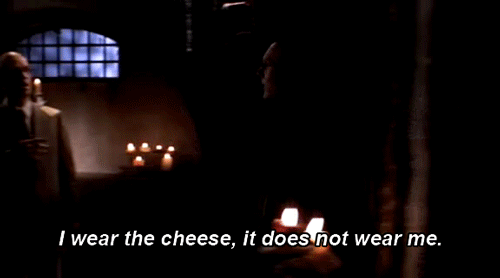The elements of connected learning (interests, relationships, opportunities, sponsorship of youth interests, shared practices, shared purpose, connections across settings, and a focus on equity) illuminate the ways in which connected learning already happens in libraries and the ways in which libraries need to change to expand their support of connected learning.
Libraries have traditionally supported personalized, self-directed, learner-centered, and interest-driven learning (Braun, Hartman, Hughes-Hassell, & Kumasi, 2014; Hoffman, Subramaniam, Kawas, Scaff, & Davis, 2016; Ito & Martin, Fall 2013). They also have facilitated relationships, sanctioning “intergenerational contact centered on youth interest discovery” (Braun et al., 2014, p. 9) and serving as “inclusive spaces that bring many different groups together” (Hoffman et al., 2016, p. 11). As libraries have transitioned from spaces that serve as warehouses for physical resources to spaces where teens can “build skills, develop understanding, create and share, and overcome adversity” (Braun et al., 2014, p. 4) through the proliferation of learning labs and makerspaces, they have embraced shared practices, especially production-centered practices for knowledge creation and sharing. Their position as a third space - neither school/work nor home - allows libraries to facilitate connections across settings, bridging activities from different spheres of learning (Ito & Martin, Fall 2013).
Libraries traditionally have had and continue to maintain “strong ties to non-dominant communities and families” (Braun et al., 2014, p. 9). Because members of nondominant populations perceive libraries “as lifelines to learning, technology, and information… libraries are well-positioned to not only connect formal and informal learning but also to do this for the populations that are most marginalized in terms of traditional academic programs and indicators” (Ito & Martin, Fall 2013, p. 30). These relationships with nondominant communities support libraries working toward the connected learning agenda of expanding access to connected learning experiences to people who may not have them without community and institutional support.
While libraries already support connected learning in many ways, they may need to undergo further shifts to expand their support for connected learning. Library staff must consider not only the physical and digital resources that support interest-driven learning, but also human resources (Braun et al., 2014), building relationships “among learners, between learners and experts or mentors, and between learners and people outside the learning context” (Hoffman et al., 2016, p. 17). In order to help learners to connect their interests and relationships with academic, career, and civic opportunities, library workers must reconsider their roles, learning to consider themselves sponsors and mentors rather than experts or authority figures (Braun et al., 2014; Hoffman et al., 2016, p. 17). Library policies for use of technology and space may need to change to enable learners to engage in shared practices, socializing, collaborating, and publishing their work online (Ito & Martin, Fall 2013). Libraries may also need to change how they evaluate the impact of their services and programs; traditional measures of impact, especially quantitative measures of participation, may not be sufficient to capture the impact of connected learning (Hoffman et al., 2016). Measures of connected learning need to capture the way learners move with their learning across settings; setting specific desired outcomes can facilitate capturing evidence of and communicating the impact of a program.
This shift to full support of connected learning “demands new competencies from youth-serving librarians that graduate programs in library and information science do not always provide, and may require a shift in thinking for some librarians and outside partners” (Hoffman et al., 2016, p. 19). Hoffman and colleagues identify the following “four categories of interrelated knowledge and skill sets… that librarians must have to promote connected learning among youth”:
...they must be ready and willing to transition from expert to facilitator…
…[they] need to apply interdisciplinary approaches to establish equal partnership and learning opportunities that facilitate discovery and use of digital media…
...they should be able to develop dynamic partnerships and collaborations that reach beyond the library into their communities…
...they should be able to evaluate connected learning programs and utilize the evaluation results to strengthen learning in libraries… (Hoffman et al., 2016, p. 19)
The need for training to build these competencies can be met by in-house professional development, programs provided by professional organizations, open online learning resources, and formal educational experiences. The ConnectedLib toolkit (“ConnectedLib,” n.d.) is one example of an open online learning resource directed at meeting this need, while the University of Maryland’s Youth Experience Graduate Certificate program (“YX @ UMD – Youth Experience Post-Masters Certificate Program at Maryland’s iSchool,” n.d.) is an example of a formal educational experience designed to build these competencies.
References
Braun, L. W., Hartman, M. L., Hughes-Hassell, S., & Kumasi, K. (2014). T
he future of library services for and with teens: A call to action. Chicago: Young Adult Library Services Association (YALSA). Retrieved from [www.ala.org/yaforum/s...](http://www.ala.org/yaforum/sites/ala.org.yaforum/files/content/YALSA_nationalforum_Final_web_0.pdf)
ConnectedLib. (n.d.). Retrieved April 24, 2019, from [connectedlib.github.io](https://connectedlib.github.io/)
Hoffman, K. M., Subramaniam, M., Kawas, S., Scaff, L., & Davis, K. (2016).
Connected libraries: Surveying the current landscape and charting a path to the future. College Park, MD; Seattle, WA: The ConnectedLib Project. Retrieved from [connectedlib.test.ischool.uw.edu/wp-conten...](http://connectedlib.test.ischool.uw.edu/wp-content/uploads/2016/02/ConnectedLibraries-SurveyingtheCurrentLandscape-and-ChartingthePathtotheFuture.pdf)
Ito, M., & Martin, C. (Fall 2013). Connected Learning and the Future of Libraries.
Young Adult Library Services, 12(1), 29–32.
YX @ UMD – Youth Experience Post-Masters Certificate Program at Maryland’s iSchool. (n.d.). Retrieved April 24, 2019, from [yx.umd.edu](https://yx.umd.edu/)

